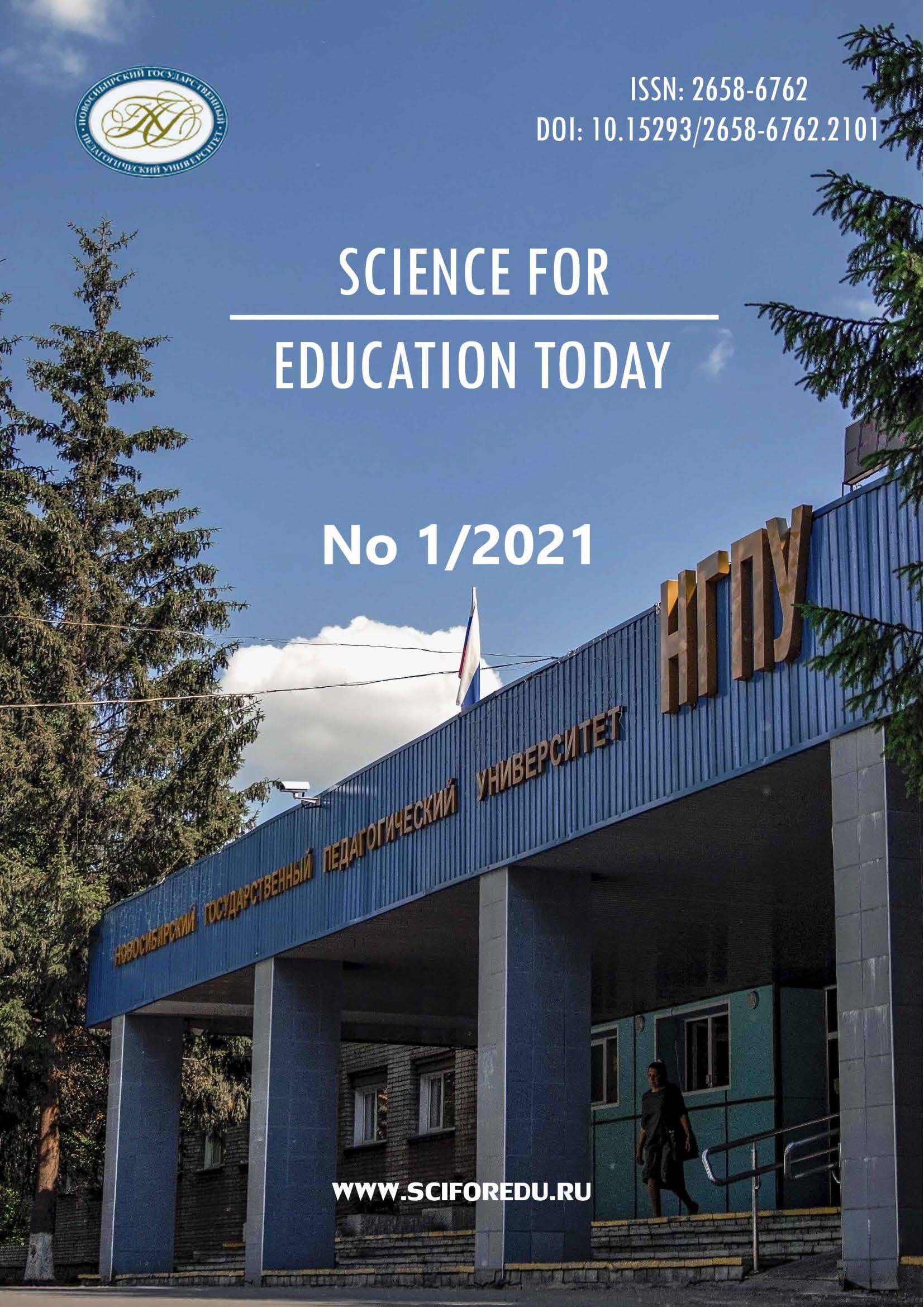Диссонанс между представлениями о развитии мозга в современной нейробиологии и знаниями педагогов
Differences between concepts of brain development in modern neurobiology and teachers’ knowledge
Author(s): Mariam Moiseevna Bezrukikh, Vladimir Vyacheslavovich Ivanov, Kirill Viktorovich OrlovSubject(s): Higher Education , Neuropsychology, Sociobiology
Published by: Новосибирский государственный педагогический университет
Keywords: Teachers; Neurobiological knowledge; Brain development; Brain functioning; Misconceptions; Neuromyths; Prevalence; Negative consequences;
Summary/Abstract: Introduction. Recent education researches in different countries have shown that knowledge and ideas of teachers about the development and functioning of the brain do not correspond to or even contradict the recent data of neurobiology. These beliefs, called neuromyths, are the result of misunderstandings, misinterpretations, and misquoting of scientifically based facts about the development and functioning of the brain. The high prevalence of neuromyths accompanied by high interest in neurobiological researches and their potential application in education can be considered as risk factors involved with the development of learning theories and teaching methods. Moreover, neuromyths can lead to potential risks to children’s physical and mental health. The purposes of this work are to assess the knowledge and perceptions of Russian teachers at different educational levels (from preschool to university-level), investigate prevalence and predictors of neuromyths among them, and to identify the ‘risk zone’ in their knowledge which requires critical evaluation. Materials and Methods. This study is based on the questionnaire developed by P.A. Howard-Jones et al. to assess the level of neurobiological knowledge among teachers (modified by the authors of this article). The sample comprised 8455 teachers from 1539 educational institutions in 10 regions of the Russian Federation. The obtained data were processed by methods of mathematical statistics using correlation, variances and factor analysis. Results. The study has found that teachers’ interest in neuroscience is combined with insufficient knowledge about brain development and a great number of false beliefs (neuromyths) about opportunities of applying neurobiological approaches to education. The research has revealed the most common neuromyths, which do not correlate with participants’ age, work experience and disciplines they teach. The analysis of the reasons for the emergence of false ideas about brain functioning is carried out. The correct interpretation of the present neurobiological knowledge in teaching is given. It has been shown that the prevalence of false knowledge in the neurobiological field does not differ significantly between countries. The misconceptions that underlie neuromyths often become the basis for remedial recommendations aimed at solving children’s developmental problems. Unfortunately, the recommendations based on neuromyths delay the time of effective support and can produce negative results. The quantitative and qualitative analyses of teachers’ knowledge and misconceptions about the brain development and functioning enabled the authors to identify a range of issues that require a critical assessment in terms of their usefulness before developing new educational approaches and teaching methods. Conclusions. This interdisciplinary research found that teachers have insufficient, fragmentary and unsystematic knowledge in the field of neurobiology and demonstrate low awareness of recent scientific facts about brain development and cognitive activities regardless of work experience, age and specialization. Insufficient knowledge and false beliefs is the basis of trust in neuromyths and is the ‘risk zone’ for teaching activities because they both lead to incorrect and ineffective teaching practices. Moreover, neuromyths can become potential mental and physical health risks for children. The obtained data can be used in teacher education and professional development programmes.
Journal: Science for Education Today
- Issue Year: 11/2021
- Issue No: 1
- Page Range: 125-150
- Page Count: 26
- Language: Russian

